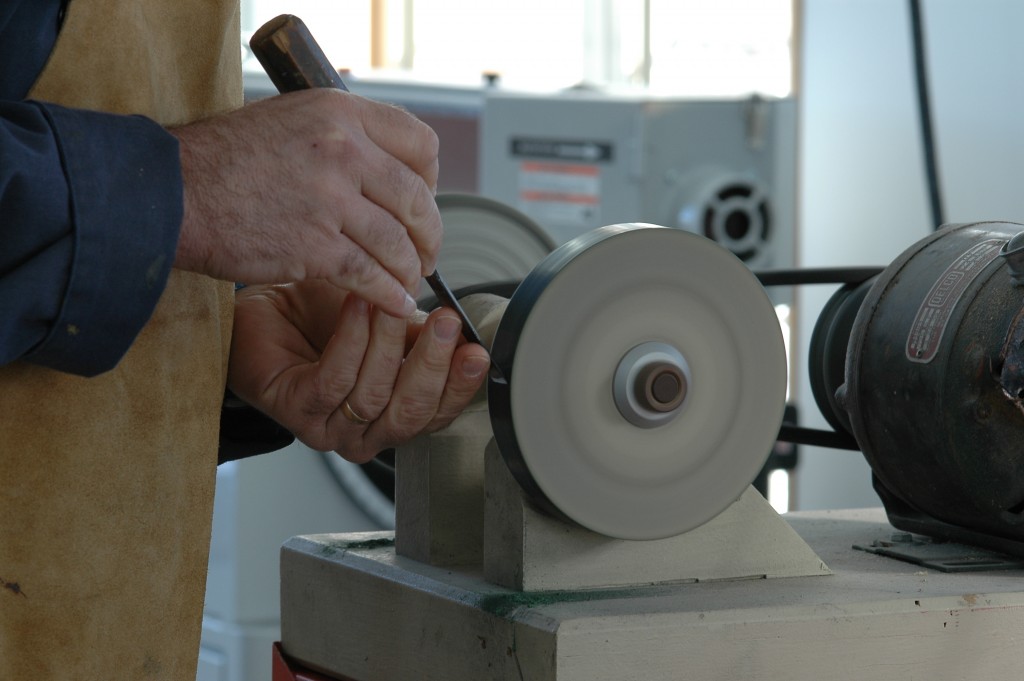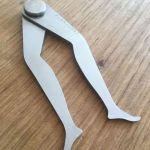We may receive a commission when you use our affiliate links. However, this does not impact our recommendations.
Sometimes the journey of becoming a skilled woodworker takes you down paths that didn’t seem important at first. Sharpening hand tools was one of those paths for me. Actually, there were two paths involved.
It all started when I got serious about woodworking in the early 1980s. There was a good woodworking program at my high school, but I noticed something strange. We were all taught what planes, chisels, carving gouges and knives were supposed to do, but none of these tools seemed capable of working like I expected them to. At first I thought this was my fault. “I just need to get better,” I told myself. But the funny thing was, these tools weren’t working particularly well for anyone else in the class, either. Even the teachers were not getting great results.
Most people in the class gave up on the struggle of using hand tools, but that didn’t make sense to me. “If hand tools are useless, how come I see all kinds of great woodworking that was made before power tools were invented? And besides, what do I do when I want good results and hand tools are the only way to make that happen?”
Eventually, I realized the obvious. Hand tools really are useless unless they’re at least as sharp as a new razor blade. That’s when I realized that to reach my woodworking goals, I’d need to get good at sharpening. And I did. Armed with white and black Arkansas oil stones, a honing guide and a leather strop, I learned to sharpen tools so they could shave hair cleanly. I was 16 years old then, and as happy as a young woodworker could be. Happy, for a while, that is.
The problem was how long it took to sharpen tools with stones. And conversely, how much it hurt when a hard-earned edge got damaged before its time. This dissatisfaction led me on another quest that eventually brought me to where I am today. I own and use lots of edge tools in my shop, and I don’t even mind lending my best tools out to people I know. That’s because super-sharp edges are no longer all that precious to me. I can make them any time I want in just a few minutes. In fact, it usually takes me less time to hone an edge using my methods than it would take me just to drag the sharpening stones out onto my bench, lube them up, and then get the honing guide adjusted. I still own most of my old sharpening stones, but I can’t remember the last time I used them.
Since the mid 1980s I’ve sharpened all my edge tools on a buffing wheel setup I built in my shop. It’s simple, uses a salvaged electric motor and it works so fast that I don’t even think about looking for a better alternative. In fact, I don’t think there is one. How much better can it get than taking a chisel from dull to scary-sharp in 60 to 90 seconds?
Over the years I’ve taught lots of people how to sharpen my fast and effective way at hands-on courses. These days I do it mostly online. Check out Razor Sharp, my new course, and you’ll see why I’ve taken sharp woodworking tools for granted for a long time now.
If you want to learn how to quickly sharpen hand tools, enroll in Razor Sharp from Popular Woodworking University. You’ll get an in-depth look at Steve’s method for sharpening chisels, plane irons, gouges and other edge tools.
Here are some supplies and tools we find essential in our everyday work around the shop. We may receive a commission from sales referred by our links; however, we have carefully selected these products for their usefulness and quality.









